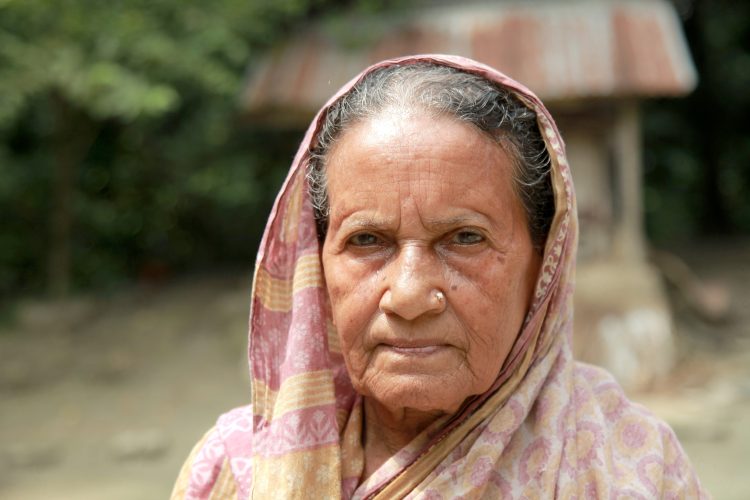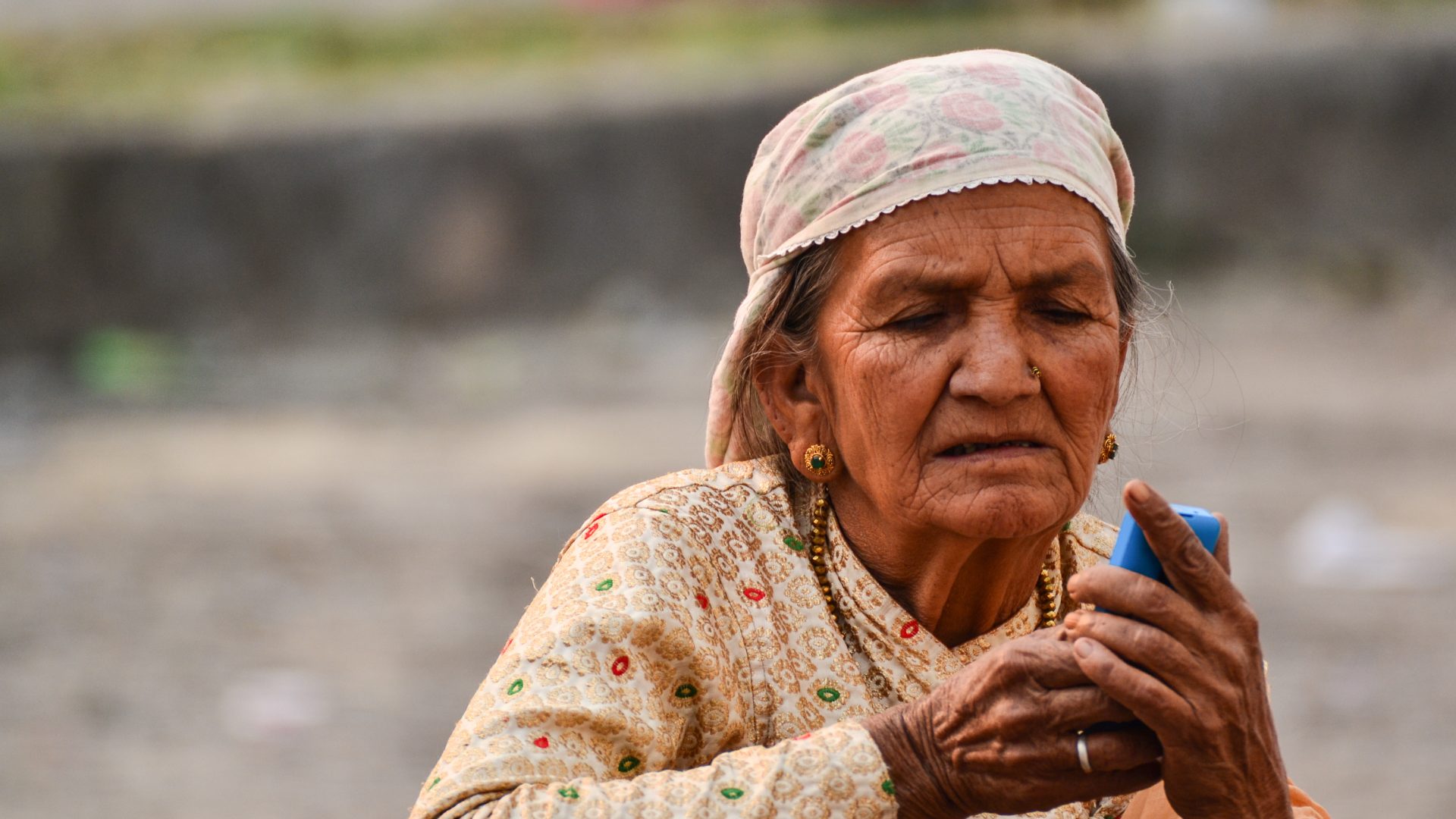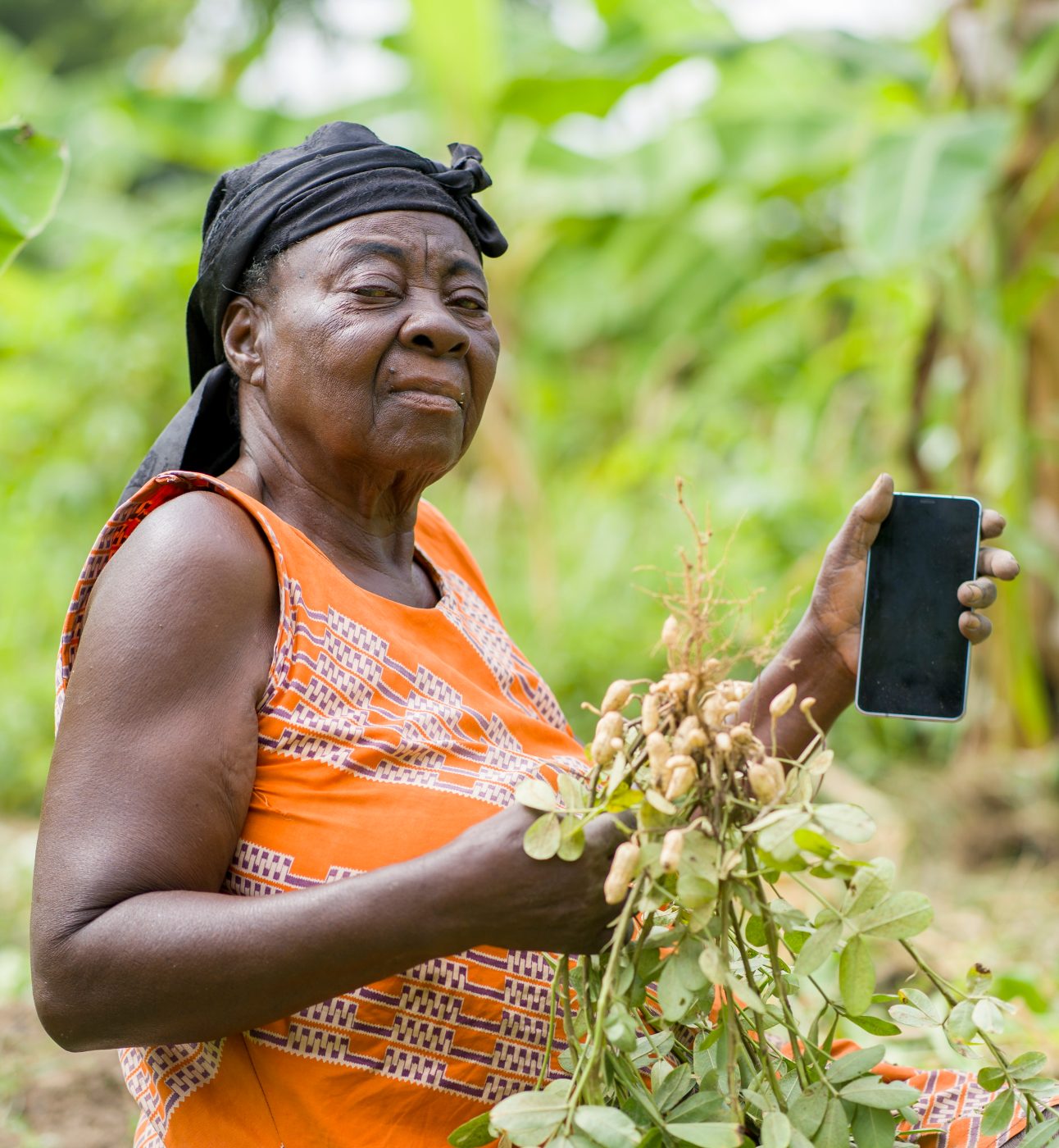Critical juncture for gender equality
Recent crises – such as the COVID-19 pandemic, conflicts, and climate change – have exacerbated setbacks in gender equality and women’s empowerment.
The pandemic disproportionately impacted women, leading to increased caregiving responsibilities, economic vulnerabilities, and a rise in gender-based violence. Frequent shocks, conflicts and crises (including adverse weather events, high prices of staple foods etc.) are further heightening risks for women, disrupting access to education, food and healthcare. The global ageing population trend also exposes older women to further risk of facing poverty, as the risk of poverty increases with age and old-age poverty is primarily a women’s issue.
Gender equality and women’s empowerment are essential for sustainable development as they promote social justice, economic growth, and poverty reduction. Ensuring equal access to education and healthcare contributes to healthier and more educated societies, fostering social stability. Gender equality is integral to addressing interconnected global challenges and building a more equitable and prosperous world.
Case Studies – Bangladesh, Malawi, and Tanzania
-
Old Age Allowance (OAA) in Bangladesh
The Old Age Allowance (OAA) in Bangladesh is a social protection programme targeting older people at risk of poverty and vulnerability. It uses indicators such as age (62 for women and 65 for men), income, health, and disability to determine eligibility.
Programme overview:
- Targeted at older people at risk of poverty and vulnerability.
- Approximately 5.7 million beneficiaries receive BDT 500 monthly (approx. 3.6 GBP).
- Means-tested with gender-specific eligibility (62 for women, 65 for men).
Key findings:
- Relying on others, especially male relatives, risks perpetuating gender inequalities.
- Social norms and barriers to digital access can mean that older women depend on male relatives for access to the benefits, in particular the enrolment and payments.
- Older People’s Associations (OPAs) play a crucial role in supporting women, enhancing awareness, and aiding with challenges associated with the programme.
-
Social Cash Transfer Programme (SCTP) in Malawi
The Social Cash Transfer Programme (SCTP) in Malawi is a flagship social protection initiative. It functions as a safety net, targeting particularly those deemed “ultra-poor” (i.e. facing extreme poverty) and “labour-constrained” (i.e. those facing employment constraints).
Programme overview:
- A safety net for the “ultra-poor” and “labour-constrained.”
- Monthly cash payments to 297,138 households, benefiting over 1.4 million individuals, representing around 7% of the country’s population, with 29% headed by older women.
Key findings:
- Older women struggle with accessing information despite formal channels.
- Targeting criteria lack gender considerations, risking exclusion of vulnerable groups.
- Shift towards electronic payments poses challenges for older women due to lower digital access.
-
Productive Social Safety Net (PSSN) in Tanzania
The Productive Social Safety Net (PSSN) in Tanzania is a flagship social protection programme launched in 2012, with a second phase initiated in December 2020 (PSSN II). It comprises an integrated package of cash transfers and other activities.
Programme overview:
- Integrated cash transfers and public works launched in 2012.
- 5,195,605 beneficiaries with 56.1% female, 17% aged 60 and above.
Key findings:
- Non-consideration of gender-specific needs of the population in targeting criteria, and electronic payments posing a barrier.
- Need for beneficiaries to fulfill conditions related to education and health pose challenges for older women managing multiple responsibilities.
- While access to information is not a major issue, older women may avoid discussing the programme due to fears of stigma.
Key takeaways
Common challenges:
- All three programmes highlight hurdles related to older women’s ability to access information, reliance on male relatives for enrolment and payments, and potential discrimination in electronic payments.
- Targeting criteria in some programmes lack explicit gender considerations. As women’s unique needs are overlooked, this can widen gender gaps, miss chances to empower women.
Importance of community support: Community initiatives, such as OPAs play vital roles in supporting older women and addressing challenges.
Digitalisation risks: The shift towards electronic payments poses risks due to gaps in access to digital technologies and digital skills among population groups.
Conditionalities impact: Compliance with conditions to be fulfilled by the beneficiary pose challenges for older women managing various responsibilities.
These case studies highlight both the shared challenges and unique dynamics in each country, emphasising the need for tailored solutions in social protection programmes, which should be gender-, age- and disability-responsive.

Vision and recommendations
HelpAge is calling for a shift towards rights-based, universal, and age-, gender-, and disability-responsive social protection systems.
Recommendations include expanding social pensions, analysing the specific risks, needs and circumstances of population groups, and effective accountability mechanisms.
Additionally, the establishment of OPAs and sex-, age- and disability- disaggregated data for evidence-based policymaking is encouraged.
In conclusion, a comprehensive re-evaluation and transformation of social protection systems is required to address the unique challenges faced by older women and pave the way for gender equality in an ageing world.
This report is being launched ahead of the 68th session of the UN Commission on the Status of Women (CSW68) which runs from 11-22 March 2024.



